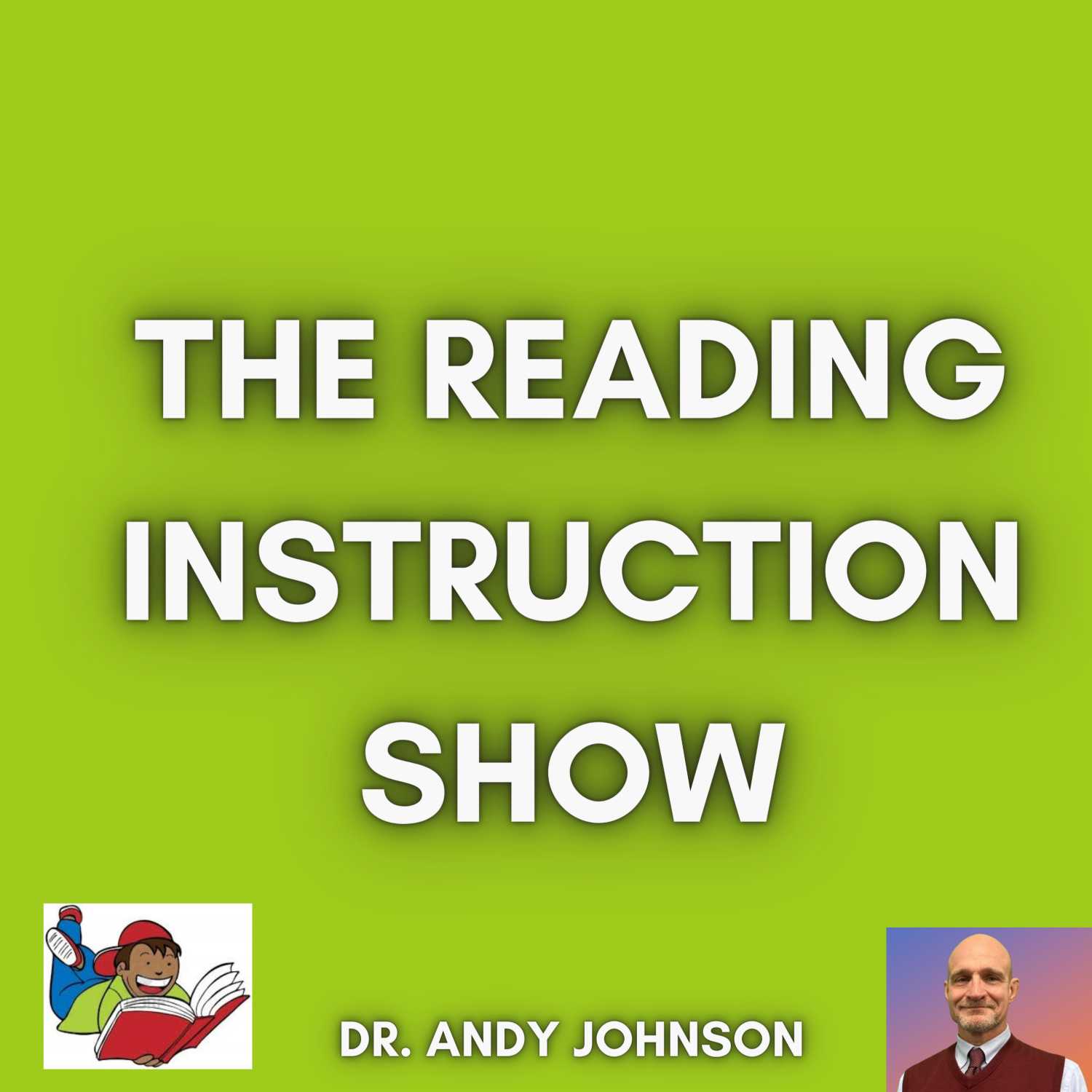Reading, Relgion, and Time
Description
There are five kinds of time in a reading class.
Allocated time. There is the amount of time allocated for instruction.
Off-task time (OTT). There is OTT when students are doing things unrelated to the lesson or learning objective.
TOT. There is also time on task (TOT), where students are actively engaged in learning activities.
AET. There is Academic Engagement Time (AET). This is the time when students are cognitively and behaviorally on-task or engaged in learning activities that are within their zone of proximal development.
Flow state time. Here the student is completely absorbed, focused on a single task or activity. They are directing all their attention toward something that they are motivated to do or be engaged with.
Academic engagement time is good, but flow state time is the best for learning. Magic teachers, if they are empowered to make the choices that are best for their students know how to align reading instruction with students’ interests to create flow state time. But this does not occur in a structured literacy class.
A teacher's #1 job is to help children fall in love with books. After that, much of reading instruction takes care of itself.
More Episodes
Phonics is important, but if that’s all you’re teaching, you limit students’ ability to recognize words and create meaning with print. And that is the end goal – to create meaning, not to fill out phonics worksheets, or pass end-of-unit tests, or sound out words in isolation
Published 11/04/24
Published 11/04/24
I was having a discussion with a fellow online who insisted that early reading instruction should consist primarily of direct instruction of phonics. His argument was that unlike learning to use oral language, learning to use written language is not a natural process for humans. “We’re not...
Published 11/03/24


